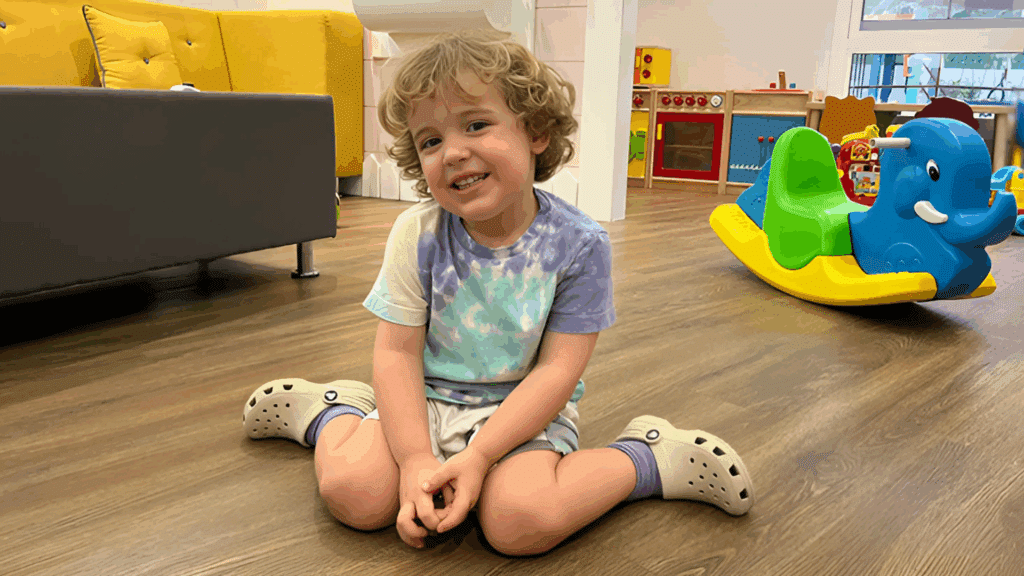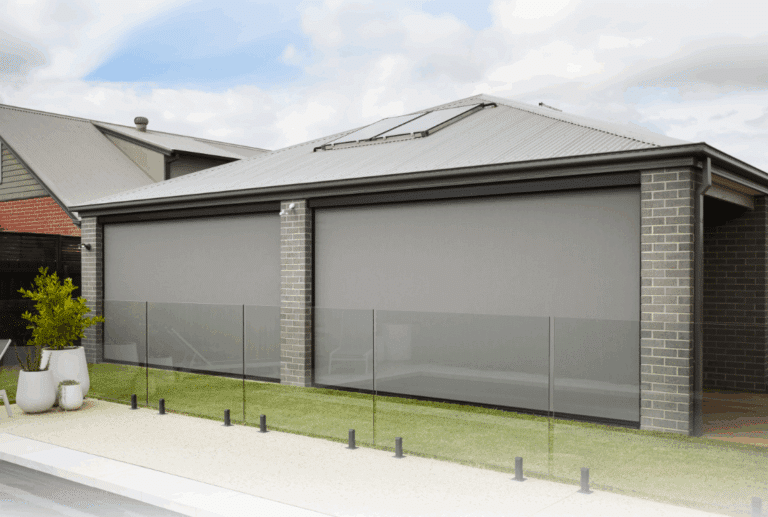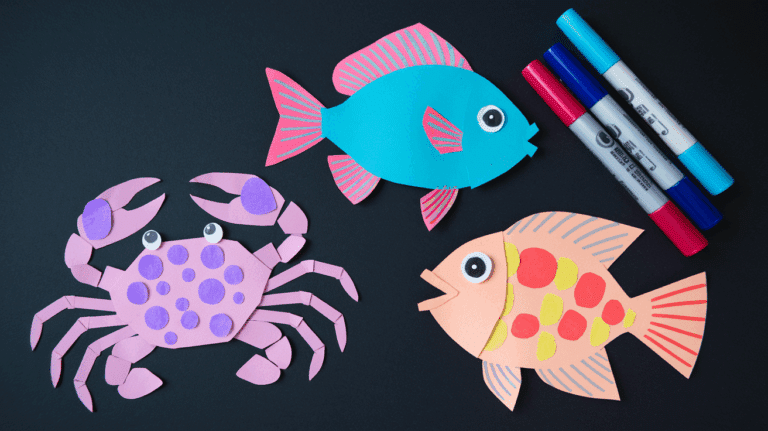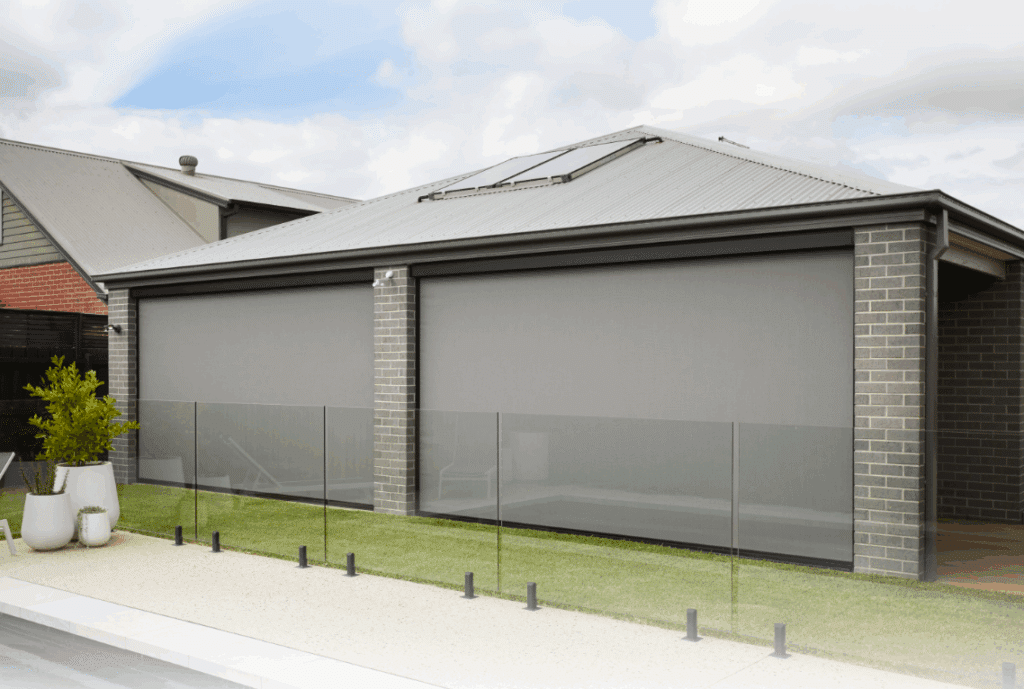Have you ever watched your toddler play on the floor and noticed them sitting with their legs spread wide in a perfect W shape?
Most parents see this position and wonder if it’s normal or something to worry about. You’re not alone in this concern.
W sitting baby is actually quite common in young children, and there are specific reasons why babies choose this position over others. While it can be part of normal development, knowing when it becomes a problem is important for every parent.
This blog post will explain what W sitting really is, why children prefer it, when you should be concerned, and simple ways to encourage healthier sitting positions.
Why Do Babies Prefer W Sitting?
W sitting baby describes when a child sits with their knees pointing forward while their feet and ankles rest on either side of their hips, forming a W shape. This position appears most often between 10 and 18 months because toddlers have naturally flexible hips and greater internal rotation than adults.
Unlike cross-legged or side-sitting positions, W sitting provides a wider, more stable base without requiring strong core muscles.
Children choose this position because it feels comfortable and secure, allowing them to focus on play rather than maintaining balance. However, this preference doesn’t automatically signal a developmental problem.
Potential Risks of Prolonged W Sitting
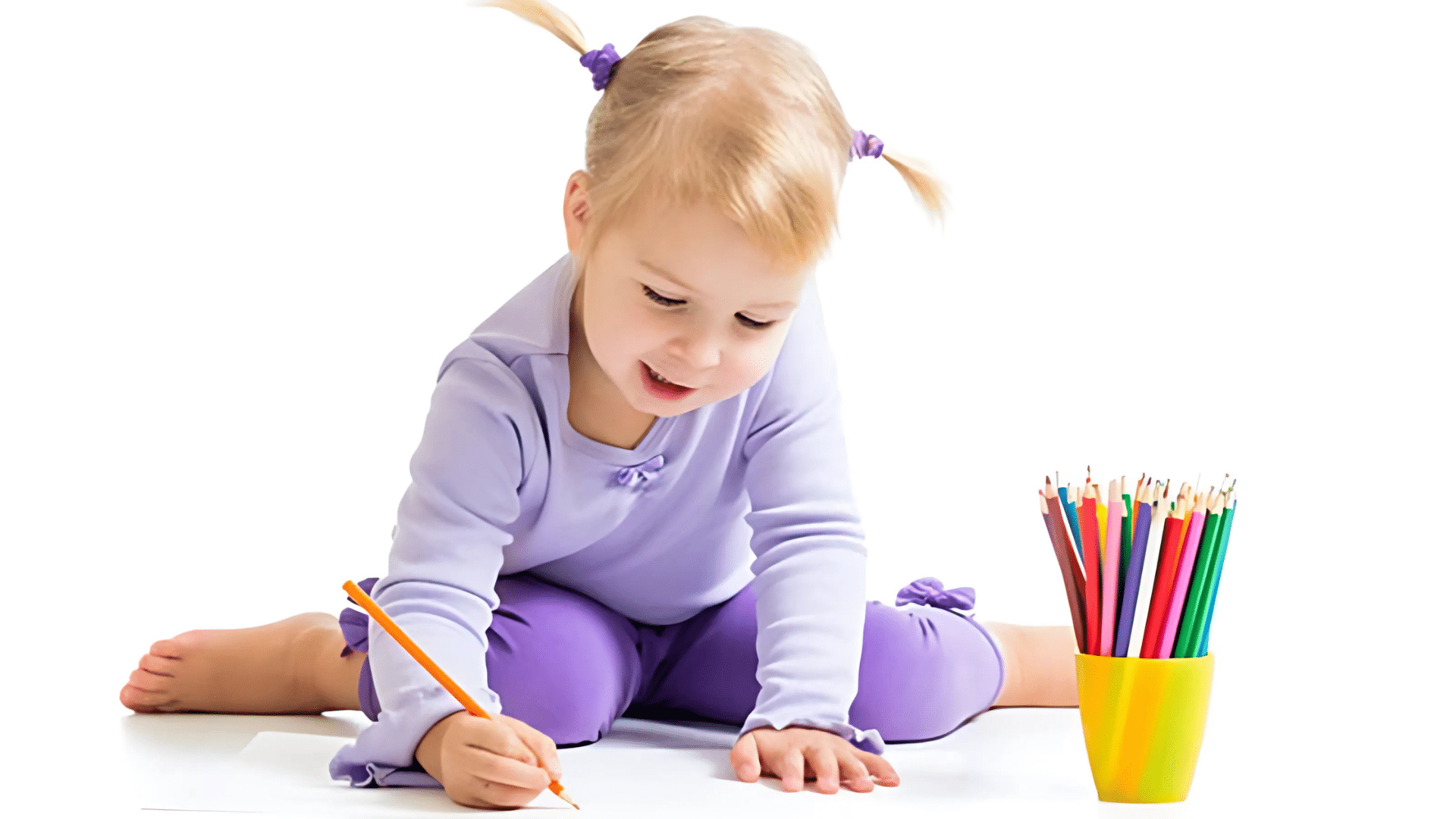
Many parents notice their w sitting baby prefers this position during play, but frequent W sitting can impact muscle balance, posture, and motor development, especially if used exclusively or for long period
1. Muscle and Hip Issues:
Prolonged W sitting can tighten the hamstrings, hip muscles, and Achilles tendons, making hips less flexible and limiting normal movement.
The hips are forced into extreme internal rotation, which can cause muscle imbalances and increase the risk of orthopedic problems like hip misalignment or dysplasia.
2. Posture and Movement Problems:
W sitting requires less core strength, so children who use this position frequently may develop weaker core muscles.
This weakness can affect posture and walking, sometimes leading to inward-turned feet (pigeon-toed walking) or an awkward gait due to muscle tightness.
3. Higher Risk Groups:
Children with neurological conditions (such as cerebral palsy) or existing hip problems are at greater risk. For them, W sitting can worsen muscle tightness and make it harder to move into other sitting positions, increasing the likelihood of complications.
4. Motor Development Delays:
Frequent W sitting restricts trunk rotation and reaching across the body, which are important for developing hand dominance and coordination.
Is W Sitting a Phase or a Cause for Concern?
W sitting is common in young children and often just a phase, especially around age 3. It’s usually not a concern unless it’s the only position used, is paired with poor balance, or motor delays.
Most kids outgrow W sitting as they develop and use a variety of positions.
1. Natural Phase vs. Red Flag
- Occasional W sitting is normal around age 3.
- Becomes a concern if it’s the only position your child uses.
2. Monitor vs. Intervene
- Monitor if your child uses a variety of sitting positions.
- Intervene if W sitting is constant, especially with frequent falls or poor balance.
3. Muscle Tone Indicators
- Persistent W sitting may signal low muscle tone or clumsiness.
- Some children W sit just because it feels stable.
4. When It’s Not Concerning
- Not a problem if your child sits in different ways, moves easily, and meets motor milestones.
Proactive Solutions
| Solution | What to Do | Why It Helps |
|---|---|---|
| Gentle Redirection | Use positive phrases like “Let’s sit criss-cross” or engage with tickles/hugs | Encourages position change playfully, without pressure |
| Alternative Sitting | Introduce criss-cross, side-sitting, long-sitting, squatting; offer stools or bean bags | Builds varied muscle use and improves posture |
| Strengthening Activities | Use yoga, Twister, balance beams, climbing, and playground play | Strengthens hips and core, promotes better sitting habits |
| Physical Therapy Signs | Watch for low tone, falling, delays, or pain; seek PT if child has existing diagnoses | Ensures timely intervention to prevent developmental complications |
What Should Parents Watch Out For?
Parents of a w sitting baby should watch for signs like inward-pointing toes, slouched posture, limited flexibility in other positions, persistent preference for W sitting, balance issues, or if W sitting continues past age 3-4.
- Walking patterns: Children who walk with their toes pointed inward or frequently walk on their tiptoes may be developing muscle tightness from excessive W sitting.
- Posture changes: Slouching, rounded shoulders, or difficulty maintaining upright posture during other activities can indicate core weakness related to prolonged W sitting.
- Position flexibility: Children who struggle to sit cross-legged, side-sit, or maintain other positions may have developed muscle restrictions from favoring the W position.
- Automatic return: Kids who immediately return to W sitting after being redirected to other positions show they may be overly dependent on this posture for stability.
- Age persistence: W sitting that continues as the primary sitting position beyond ages 3-4 warrants closer attention, as most children naturally transition away by this time.
- Balance issues: Frequent falling, difficulty standing from sitting, or appearing unsteady during movement activities may indicate underlying muscle tone concerns that W sitting is masking.
Conclusion
W sitting baby doesn’t have to create stress for parents when approached with the right mindset.
The key lies in encouraging safe movement habits early through play-based activities that naturally build strength and coordination.
Focus on creating opportunities for movement rather than constantly correcting positions. This positive approach supports healthy development while maintaining the joy of childhood play and exploration.


